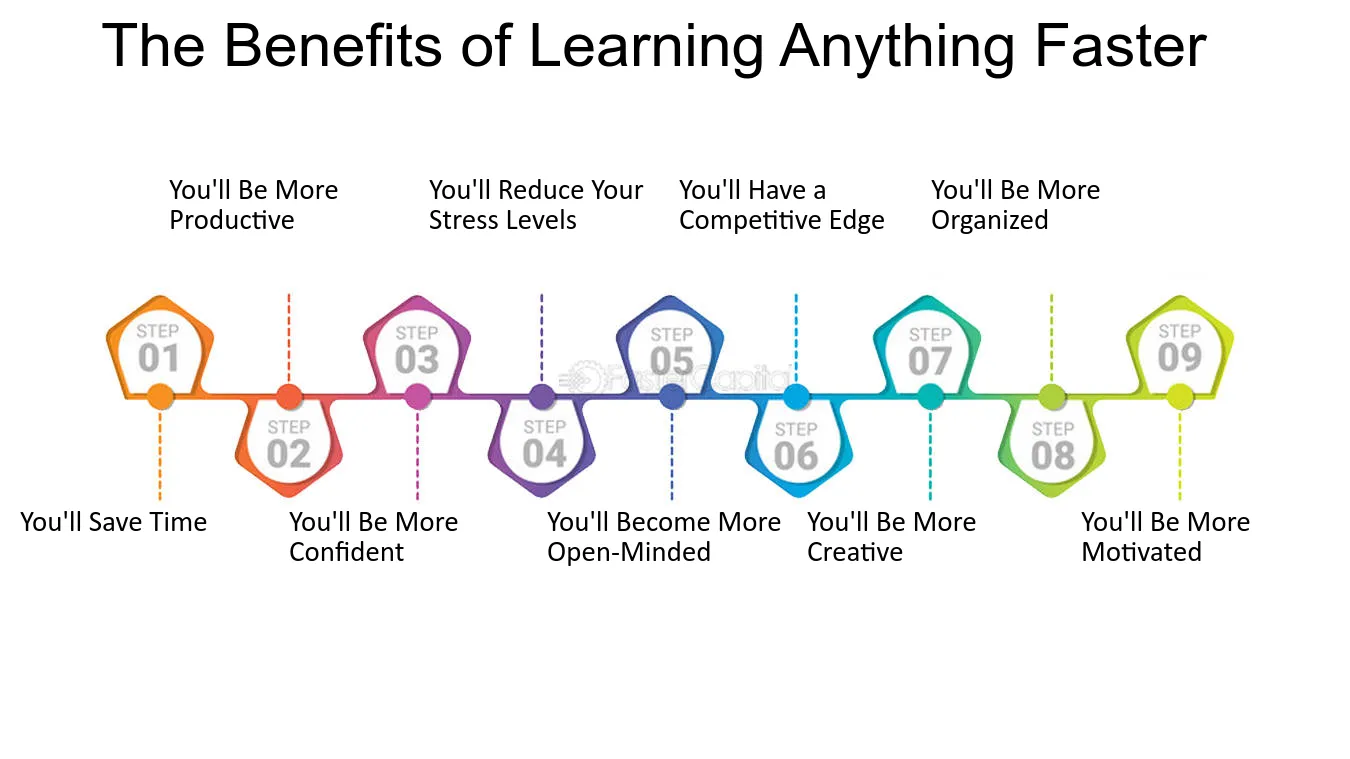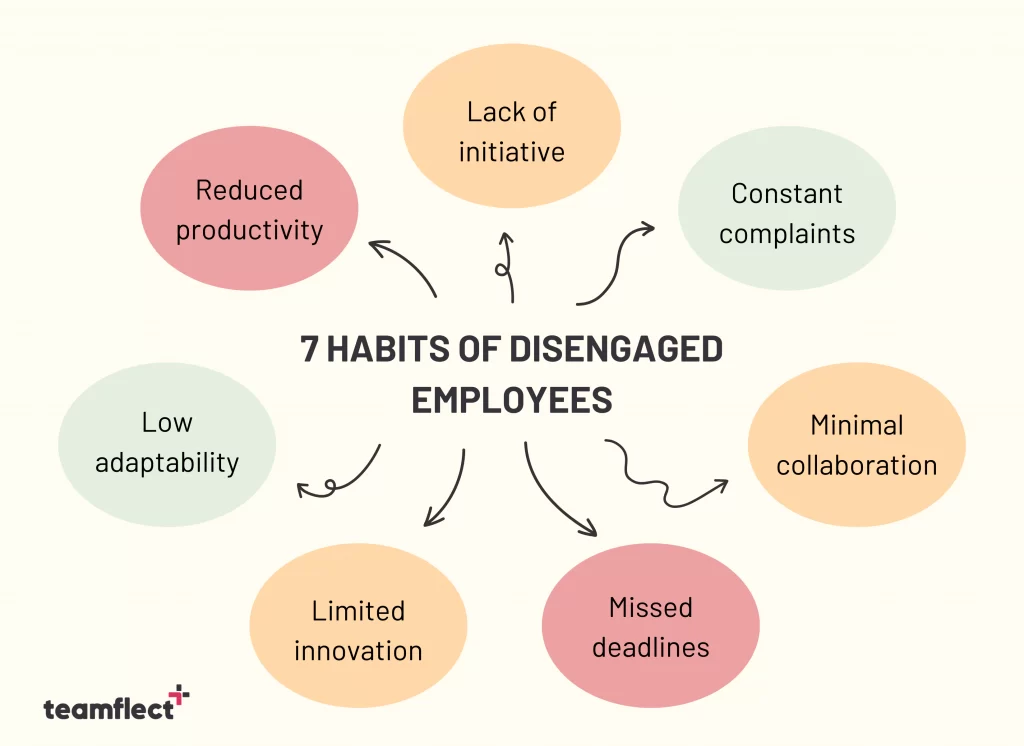What Is Quick Learner Syndrome and How to Cope With It
Learn about quick learner syndrome and its implications for individuals who possess this trait. Discover tips on how to cope with it.
Learn about quick learner syndrome and its implications for individuals who possess this trait. Discover tips on how to cope with it.

Since instructional designers prize speed, being a "quick learner" sounds like a clear advantage. And in many ways, it is. Quick learners are agile, adaptive, and often seen as high-potential players in any environment, from corporate boardrooms to fast-paced creative fields.
However, beneath the surface, there's a lesser-known side to this gift. It's called quick learner syndrome, and if you've ever felt like a fast learning curve comes with hidden costs, such as restlessness, boredom, imposter feelings, or difficulty sustaining deep expertise, you're right.
In this article, we'll explore what quick learner syndrome is and how to manage it in a way that builds depth and long-term impact. We also explain this concept in organizational contexts.
Quick learner syndrome is a paradoxical experience where individuals who grasp concepts rapidly struggle to stay engaged or deeply invested over time. In organizations, high-potential employees may appear to thrive on the surface. However, underneath, they're often under-stimulated, underdeveloped, or underutilized.
These are the people who pick up new software in a week, master workflows after a single onboarding, or breeze through leadership development programs. While they're praised for their speed, they're not always supported for depth and long-term growth.
Take the example of a new hire in a consulting firm. Within her first month, she's already managing client calls, building slide decks, and identifying process inefficiencies. Her manager is impressed. She's labeled "brilliant" and gets fast-tracked for cross-functional exposure.
However, by three months, she feels restless. The work no longer excites her, and the learning curve has flattened. So, she begins to question whether she's in the right role, even though she's excelling.
When she brings this up, her manager assumes she's just impatient or ungrateful. In reality, she is facing quick learning syndrome. Her ability to master skills quickly isn't matched by a system that offers challenges or evolving complexity.
Quick learners are often the stars of the early game. They onboard faster, contribute sooner and adapt fluidly to shifting priorities. Their minds absorb complexity quickly and map new systems with ease, sometimes before others have even finished orientation.

For organizations navigating constant change, quick learners offer a strategic advantage. They reduce the lag time between training and impact. Often, they spot initiatives and often take the initiative without needing step-by-step guidance. Their cognitive velocity accelerates momentum across entire teams.
It's no surprise, then, that quick learners are frequently chosen for pilot projects, high-visibility initiatives, or cross-functional collaborations. Their early wins earn them fast trust and often lead to quicker promotions.
While quick learners offer undeniable short-term advantages, they also face unique challenges that are often invisible to managers and HR leaders. Their ability to grasp new material quickly can create an illusion of completeness when, in reality, the depth and retention of that knowledge may still be developing.
One of the most common issues is shallow expertise. Quick learners move on as soon as they get the gist. So, they may miss the opportunity to fully internalize processes or develop long-term fluency. Over time, this can lead to gaps in execution, even when surface performance remains strong.
Then, there's restlessness. It's a natural byproduct of a flattened learning curve. Once the novelty fades, so does the challenge. As a result, projects that once felt exciting now feel mechanical.
In high-achieving individuals, this can trigger a deeper kind of fatigue: the sense that their environment is no longer evolving with them. Add to this the pressure of being "the fast one," and you get what we might call identity fatigue. Quick learners often carry the weight of high expectations, which can lead to burnout or quiet disengagement when those expectations aren't matched by meaningful growth opportunities.
These challenges are frequently misunderstood. Managers might interpret the quick learner's detachment as arrogance, impatience, or lack of loyalty. However, it's a sign of misalignment between learning velocity and learning depth. It's a structural gap and not a character flaw.
Quick learners often fly under the radar, not because they're hard to spot but because their early success masks their deeper needs. If you're not intentional about supporting their long-term development, they can disengage before you even realize something's off.
Here are the subtle (but costly) warning signs your organization may be missing:

Spotting these signs early allows organizations to shift from reactive management to proactive talent design.
Being a quick learner is a powerful strength. If you find yourself learning faster than your environment evolves, the key isn't to slow down.
Here's how to take ownership of your growth.
Don't stop at "getting it." Ask yourself: What's the next layer of nuance? Seek out deeper frameworks, contrasting models, or edge cases. As you expand your thinking, you'll gradually gain expertise.
Once you've grasped something, circle back. Reflect on it and apply it in a new context.
For example, if you just learned about a new leadership strategy, take the time to reflect on how you can apply it in your personal life. You can also look for opportunities to practice the skill in a different setting, such as with a group of friends or in a volunteer organization.
When your environment isn't stretching you, stretch yourself. For example, set a 30-day innovation goal, such as trying a new creative activity every day or coming up with three new business ideas each week. Or, you may redesign a process in your organization to make it more efficient. These self-directed challenges can help you develop new skills and improve your existing ones.
The point is to inject curiosity and complexity back into your learning curve. The brain loves novelty, so give it something new to chew on.
Traditional learning and development models often cater to the middle of the curve, but quick learners operate on the edges. You have to shift from static training to dynamic development ecosystems to get to their full potential. Use these strategies to lead the way.

You can empower your fast learners by positioning them as knowledge multipliers. Teaching solidifies their own learning while enriching your talent ecosystem.
Use reverse mentoring to connect the knowledge strengths of your experienced employees with new joiners. Also, encourage learners to give feedback and engage in discussions on different topics.
Rigid learning timelines frustrate fast learners. Instead, offer flexible, stackable modules they can explore at their own pace. Let them accelerate through the basics and get into specialized content sooner.
Don't stop at "certified" or "completed." Introduce tiered tracks that evolve from foundational to advanced, strategic, and even experimental. Ideally, you want to design these tiered learning paths with competency-based education principles in mind. Learners should be able to demonstrate their mastery of skills and concepts as they progress through each tier.
You can use Coursebox's AI-powered course-builder to create learning content with tiered tracks and competency-based assessments. Since the platform supports feedback, interactive features, AI assessments, AI grading, and module-based teaching, learners can receive personalized learning experiences tailored to their needs and pace.

Although competency models are helpful, they are also static. You must build growth frameworks that include reflection, stretch goals, collaborative learning, and performance feedback loops. When you take this approach, you can embed continuous growth into your everyday work culture.
Quick learning syndrome is a signal that traditional learning models may no longer be enough. Modern organizations can no longer afford to equate learning speed with learning completion. What quick learners need is smarter, deeper, and more adaptive growth paths.
For the individuals who learn faster than the world expects, your pace is not the problem. Your job is to design your learning around depth and complexity. For leaders, HR teams, and L&D professionals, you have the opportunity to rethink your learning programs and build them for the edges and not just the average.
Get started for free today.
